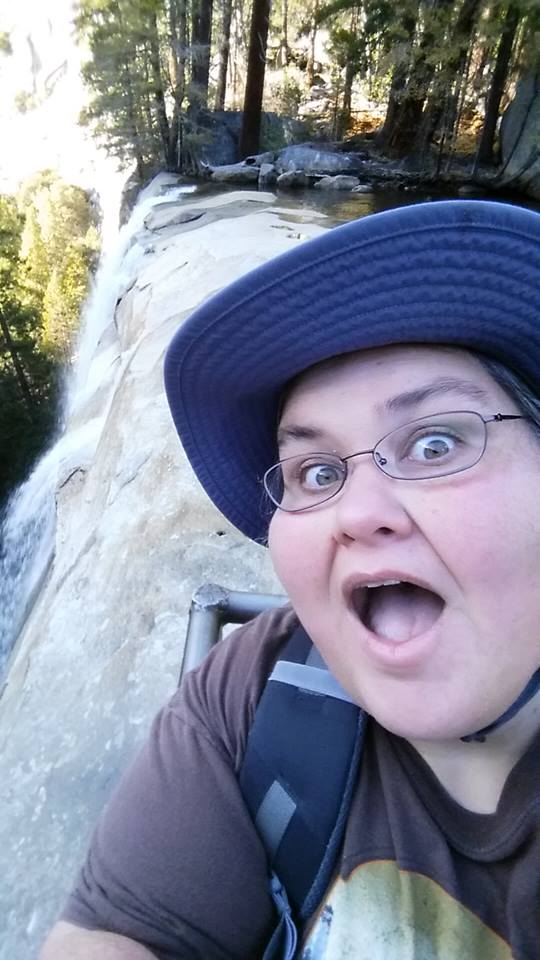Wednesday October 7, 2020, from 12:30 - 1:30 pm on Zoom.
“Using Decision Science to Strengthen the Conservation Impact of Research”
Abstract
Natural resource managers have long looked to science to provide guidance for our most pressing conservation problems, and research has advanced our understanding of dynamic biological systems and illuminated complex ecological relationships. However, conservation successes have seldom kept pace with the rate of information discovery – in part, because the rate of environmental change continues to increase; and also because there is a fundamental disconnect between traditionally-developed scientific information and the actionable science and decision-science frameworks that managers need to implement successful conservation on the ground. Decision analytic approaches provide the tools to effectively integrate science with deliberative management action, reduce uncertainty, and evaluate success. In Yosemite National Park, the scale and complexity of natural resource challenges far outpaces our available funding and staff resources. Even the single issue of invasive plant management is intractable – but it is compounded by the threat of catastrophic forest fires, endangered species protection, the impacts of over 4 million annual visitors, and climate change. The discrepancy between the scale and complexity of these problems and the resources available to solve them means that we must be strategic, targeted, and unified with research and land management partners across large landscapes to have a chance at maintaining the resilience and adaptive potential of this landscape. Scientists and managers must closely collaborate to frame decision problems with realistic management constraints and with a focus on identifying and systematically reducing uncertainties that hinder decision-making and conservation success. I will describe how to reframe research questions and scientific products to align with and support management decision-making, which will better position you to obtain management support and funding for your research. Finally, I will describe how Yosemite’s imperiled amphibians will provide a test case for this approach. In close collaboration with the USGS Southwest Climate Adaptation Science Center and the U.S. Fish and Wildlife Service, we will develop new adaptation science and resource management approaches through the co-production model and by designing a climate refugium for several at-risk species that considers current and future habitat needs over annual planning, 5-year strategic planning, and decadal-scale scenario-based planning.
Bio

Nicole Athearn has been the Chief of the Division of Resources Management and Science at Yosemite National Park since early 2019. Prior to this position, she served in research coordination and strategic conservation planning roles with the National Park Service’s Cooperative Ecosystem Studies Unit (CESU) Program at the Great Rivers CESU, hosted by the University of Missouri; and the U.S. Fish and Wildlife Service’s Landscape Conservation Cooperative (LCC) Network at the Great Plains LCC, hosted by the University of Oklahoma and co-located with the DOI South Central Climate Adaptation Science Center. She previously worked with decision-driven and geospatial modeling and decision analysis to prioritize restoration and conservation actions with the U.S. Fish and Wildlife Service in Arcata, California; and as the salt pond restoration program lead conducting and coordinating research with the U.S. Geological Survey’s Western Ecological Research Center in San Francisco Bay. Nicole holds a B.S. in Wildlife, Fish, and Conservation Biology from the University of California at Davis, a M.S. in Wildlife Ecology and a M.B.A. from Oklahoma State University in Stillwater, and a Ph.D. in Ecology from the University of California at Davis. She is an instructor with the National Conservation Training Center (NCTC), teaching modeling for natural resource management and several courses in decision analysis. She serves as a mentor for NCTC’s Decision Analysis Certification Program and a Structured Decision Making coach. Nicole’s near-term objectives for Yosemite’s RMS division include developing a strategic science framework. This framework will articulate research priorities and information needs to support management decision making; will provide greater transparency and collaboration with external researchers; and will help the park to prioritize limited funding to better achieve its highest priority outcomes.



